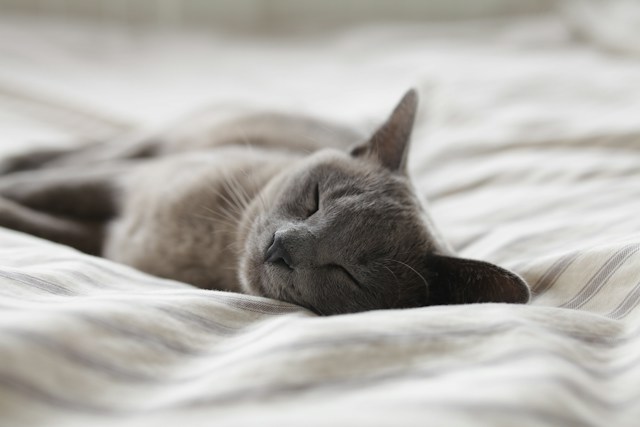Optimizing Shopify Theme Images with Lazy Loading Techniques

Table of content:
- Introduction
- What is Lazy Loading?
- How Lazy Loading Works
- Implementing Lazy Loading in Shopify using Slate
- Customizing Lazy Loading for a Unique Branding Experience
- Going Beyond: Additional Lazy Loading Options
- Conclusion
Introduction
In the fast-paced world of online commerce, the need for quick website loading times is paramount. Slow-loading pages can drive potential customers away, especially in regions with limited internet speeds. Recognizing this, it’s crucial for Shopify store owners to optimize their websites for performance, with a specific focus on image loading. In this article, we delve into the concept of lazy loading and explore various techniques to not only enhance page speed but also customize the visual experience for users.
What is Lazy Loading?
Lazy loading is a programming technique that involves deferring the initialization or construction of an object until it is required. In the context of web development, this technique is primarily applied to images. The goal is to improve speed and performance, creating a perceived faster loading time for users.
How Lazy Loading Works
Consider a Shopify collection page displaying numerous products. By default, all images on the page load at their full size, regardless of whether the user is viewing the entire page. This results in longer loading times and increased page size. Lazy loading, on the other hand, takes a more efficient approach. Instead of loading all images at once, it displays a low-quality placeholder image, making the page appear faster. As the user scrolls down, the placeholders are gradually replaced with higher-quality images, ensuring optimal loading only when needed.
Implementing Lazy Loading in Shopify using Slate
Shopify’s Slate theme development toolkit, particularly the Starter Theme, provides snippets for easy implementation of lazy loading. Two key snippets, responsive-image.liquid and responsive-bg-image.liquid, streamline the process. To leverage lazy loading in Slate, three dependencies—Lazysizes, Responsive Image as a Service (RIAS), and BGSet—are required. These dependencies can be included in the theme’s JavaScript file.
Customizing Lazy Loading for a Unique Branding Experience
1. Using Dominant Color
Inspired by Manuel Wieser, one can display the dominant color of an image as it loads. By setting the image size in the src attribute to 1x, a tiny image rendering only the dominant color is displayed almost instantly. This approach works well for stores with vibrant products like paintings or photography prints.
2. Adding a Blur Effect
Implementing a blurry effect using Lazysizes’ Blur-Up plugin adds a touch of style to the loading process. By applying the blur-up class to the responsive-image snippet, a small, stylish, and visually appealing image is served, creating a softer loading experience.
3. Combining Blur and Dominant Color
Experimenting with lazy loading techniques allows for creative combinations. By combining a blur effect with the dominant color, a solid color placeholder with a blurry effect can be achieved. This not only enhances the loading state but also aligns with the brand’s aesthetic.
Going Beyond: Additional Lazy Loading Options
Lazy loading isn’t limited to placeholders; various techniques can be employed. For instance, users can opt to load a spinning wheel GIF or the store’s logo while the image loads, providing endless customization possibilities.
Conclusion
Efficient lazy loading techniques not only improve a Shopify store’s loading speed but also contribute to a positive user experience. The key lies in finding a balance between speed and visual appeal. By exploring different lazy loading approaches and customizing them to align with the brand’s style, store owners can enhance customer retention and satisfaction. Remember, the goal is not just speed—it’s a seamless and visually pleasing online shopping experience.